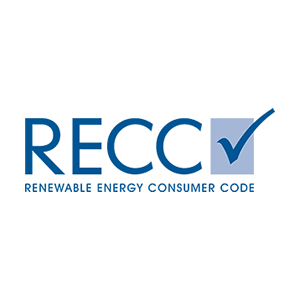When it comes to electric vehicles and renewable energy storage, battery health is a hot topic. One common piece of advice is to keep your battery’s charge between 20 and 80 percent to extend its lifespan. But how accurate is this rule for different types of batteries, especially lithium-ion phosphate (LiFePO4) batteries? This blog explores battery degradation, questions the 20 to 80 percent guideline, and suggests better strategies for maintaining battery health.
Battery degradation is a concern for anyone using rechargeable technology. Factors like temperature and charge/discharge rates (C-ratings) primarily drive the degradation process. High temperatures and high C-ratings speed up wear and tear, shortening battery life. This understanding has led many to believe that charging batteries only up to 80 percent and discharging them down to 20 percent can help mitigate these effects.
While this method works for some batteries, it doesn’t apply as well to LiFePO4 batteries. The degradation mechanism in LiFePO4 batteries is different from that in other lithium-ion batteries. During charging, lithium ions move into the cathode, causing it to expand and potentially crack, leading to capacity loss. Higher charge voltages increase the risk of these microcracks, so limiting the charge voltage can indeed reduce degradation. However, the relationship between state of charge (SoC), voltage, and degradation is more complex in LiFePO4 batteries than in other lithium-ion cells.
LiFePO4 batteries have a very flat charge curve, meaning their voltage stays relatively constant across a wide range of SoCs until extremely high or low levels are reached. This characteristic makes it difficult to pinpoint a specific voltage that corresponds with an 80 percent SoC, complicating the application of the 20 to 80 percent rule. Moreover, LiFePO4 batteries can be charged to nearly full capacity at relatively low voltages, reducing the stress on lithium ions and thus the likelihood of cathode cracking.
The 20 to 80 percent rule originated in the electric vehicle industry, aimed at drivers without access to detailed battery metrics. For lithium-ion cells, where voltage more linearly correlates with SoC, this guideline makes sense. However, applying this rule to LiFePO4 batteries using voltage as a reference point is nearly impossible due to their flat charge curve.
So, what’s the alternative? For LiFePO4 batteries, it’s more effective to focus on avoiding extreme voltages rather than adhering to a strict 20 to 80 percent SoC range. Operating within the flat portion of the charge curve—avoiding the voltage where rapid capacity loss occurs—allows for using a greater portion of the battery’s capacity without significantly accelerating degradation.
This nuanced understanding highlights the importance of tailoring battery management strategies to the specific characteristics of the battery type in use. General guidelines can serve as a starting point, but they often oversimplify complex chemical and physical processes. For LiFePO4 batteries, leveraging their unique properties allows for more efficient and effective use, challenging the one-size-fits-all approach commonly advocated.
In conclusion, while the 20 to 80 percent guideline aims to preserve battery health, it must be adapted to fit the specific characteristics of different battery technologies. For LiFePO4 batteries, a more nuanced approach that avoids extreme voltages offers a better strategy for prolonging battery life. As we rely more heavily on battery-powered technology, understanding these distinctions becomes crucial for maximising both performance and longevity.




















